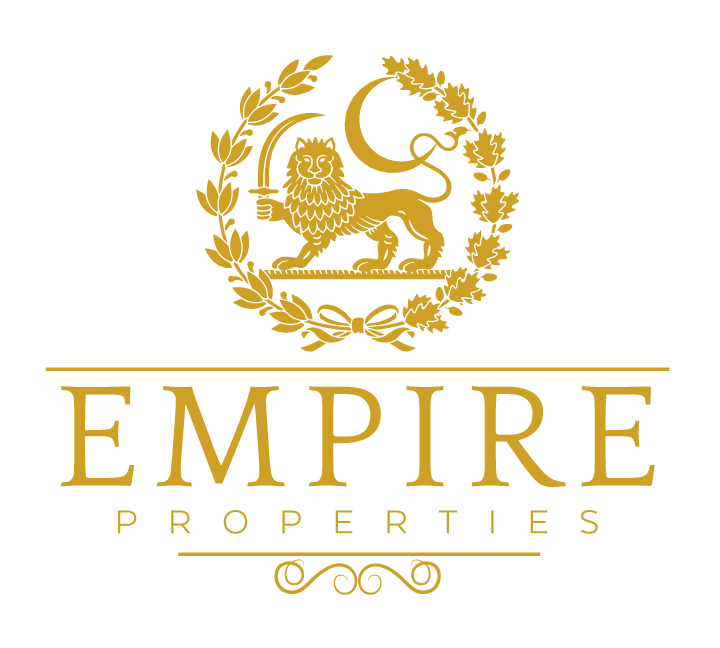Riverland Terrace Homes for Sale: Best of the City and Country
By Christina R. Butler/Butler Preservation for
Charleston Empire Properties – 29 January 2020

The 1949 Halsey Map showing Raclifeeborough and mills of Cannonsborough to the west
Located where Wappoo Creek meets the Stono River on James Island, Riverland Terrace is an early twentieth century neighborhood with around 800 houses, which boast large lots and are brimming with architectural character. Like many of the Lowcountry’s suburban communities, Riverland Terrace real estate began as a plantation and over the years it was known as Wappoo Hall and later as Riverland Plantation. The land would have been prime farm real estate for Riverland Terrace home for sale, located on a high spot near several waterways. In the eighteenth century, the colonial legislature created Elliott’s Cut and Wappoo Cut, which were hand-excavated channels dug and created by enslaved residents, to deepen Wappoo Creek and better connect it with the Stono River so that planters could send their goods to Charleston for export. All of the area plantation owners, including those at what is today Riverland Terrace, would have been required to help with the cut projects.
The land where Riverland Terrace real estate lies has both rural and military heritage. Lord Cornwallis passed though with his British troops on his way to Charleston during the American Revolution, and in the 1930s a British cannon was discovered in the front yard of Dr. Pierre Jenkins’ Terrace house.

Riverland Terrace shown on “A Sketch of the coast from South Edisto to Charles Town, 1st March 1780.”
There was a ferry landing nearby in the 1820s, and in the 1850s, Robert Lebby, a prominent doctor who served as the Port Physician of Charleston for years, owned the plantation. In 1863 during the American Civil War, the Confederate forces constructed Fort Pemberton, a star shaped earthwork, to defend their position along the Stono River and Wappoo Creek. Today, the fort is located in the midst of Riverland Terrace and is on the National Register of Historic Places, and the City of Charleston is contemplating turning it into a park to share its history with the public.

Wappoo Ferry landing near Riverland Terrace site, 1825.

Fort Pemberton on “A Map of Charleston and its Defenses, 1865.”
After the war, plantation activities resumed on James Island. Henry Ficken grew cotton at Wappoo Hall at the turn of the century, before selling the land to Percival Oswald in 1923, who quickly conveyed it to Claudius Bissell Jenkins (who already owned the adjacent parcel). Jenkins was the mastermind and principal developer behind the new subdivision of Riverland Terrace homes for sale, which he laid out in 1925. The area was conveniently accessed by the new Ashley River Bridge, which connected West Ashley and James Island to Charleston.


Riverland Terrace and surrounding plantations in 1932.
Riverland Terrace was intended as an elite commuter suburb; covenants stipulated that only white residents could purchase lots, which were a minimum of 10,000 square feet, and houses (which had to be approved by the developer’s architect) carried a minimum construction price of $4,000. Most homes ranged between $5,000 and $20,000 to construct and residents included physicians, lawyers, contracting company owners, and even C. Bissell Jenkins himself, who sold his Murray Boulevard property downtown to construct a new home in Riverland Terrace.

A city plat showing the western edge of the neighborhood.

Radcliffeborough in 1883, showing the former adjacent marshes and ponds.
The neighborhood had access to electricity, public water, and phone service, and quickly filled with a mix of wood frame and brick or stucco-clad houses in a range of styles including large Colonial Revival residences, Cape Cod type cottages with dormer windows, and eclectic ranch houses.

The McBee House and an antebellum mansion with gallery doors onto wide piazzas.



In the 1930s there was a nearby school to service the neighborhood, and a few businesses and shops grouped near Folly Road, but the Terrace was and remains exclusively residential. Next door is McLeod Plantation, an important historic site with extant slave houses and an 1850s main house, which is operated by Charleston County park system. The drive into Riverland Terrace, which passes by the Charleston Country Club, is lined with a magnificent avenue of 73 large oak trees dripping with Spanish moss. Riverland Terrace real estate offers the perfect blend of historic character and quiet Sea Island appeal, while being just a few miles away by car from the Charleston peninsula. The neighborhood boasts several parks, two ballfields, a playground, the Municipal Golf Course, and a public boat landing with quick access to the Intercoastal Waterway, and marsh views that can’t be beat.

Radcliffeborough is also home to several historic churches. After the American Civil War, a group of elite Radcliffeborough African Americans founded St. Mark’s Episcopal Church, a unique wood frame Roman Revival building designed by noted architect Louis Barbot in 1875. Nearby is St. Patrick’s Roman Catholic Church, which was founded by Charleston’s Irish in 1838 and became a diverse mixed race church. The current building was completed in 1891. Around the corner on Radcliffe Street is Central Baptist, built by an African American congregation in 1893 and best known for its iconic “Jesus Saves” message on the bell tower.
Sources:
– “Fort Pemberton on James Island could become Charleston’s newest park.” Post and Courier, 31 March 2019.
– McCord, ed. South Carolina Statutes At Large.
– National Register, Fort Pemberton, James Island.
– Vertical Files: Wappoo Hall, Riverland Terrace (South Carolina Room, CCPL)
– Charleston Mercury, “20th century neighborhood a terrific 21st century buy.” August 2015
– Rhoad, Deborah. One Look Means A Lot: the development of Charleston’s early twentieth century suburbs. Citadel M.A. thesis, 1995


